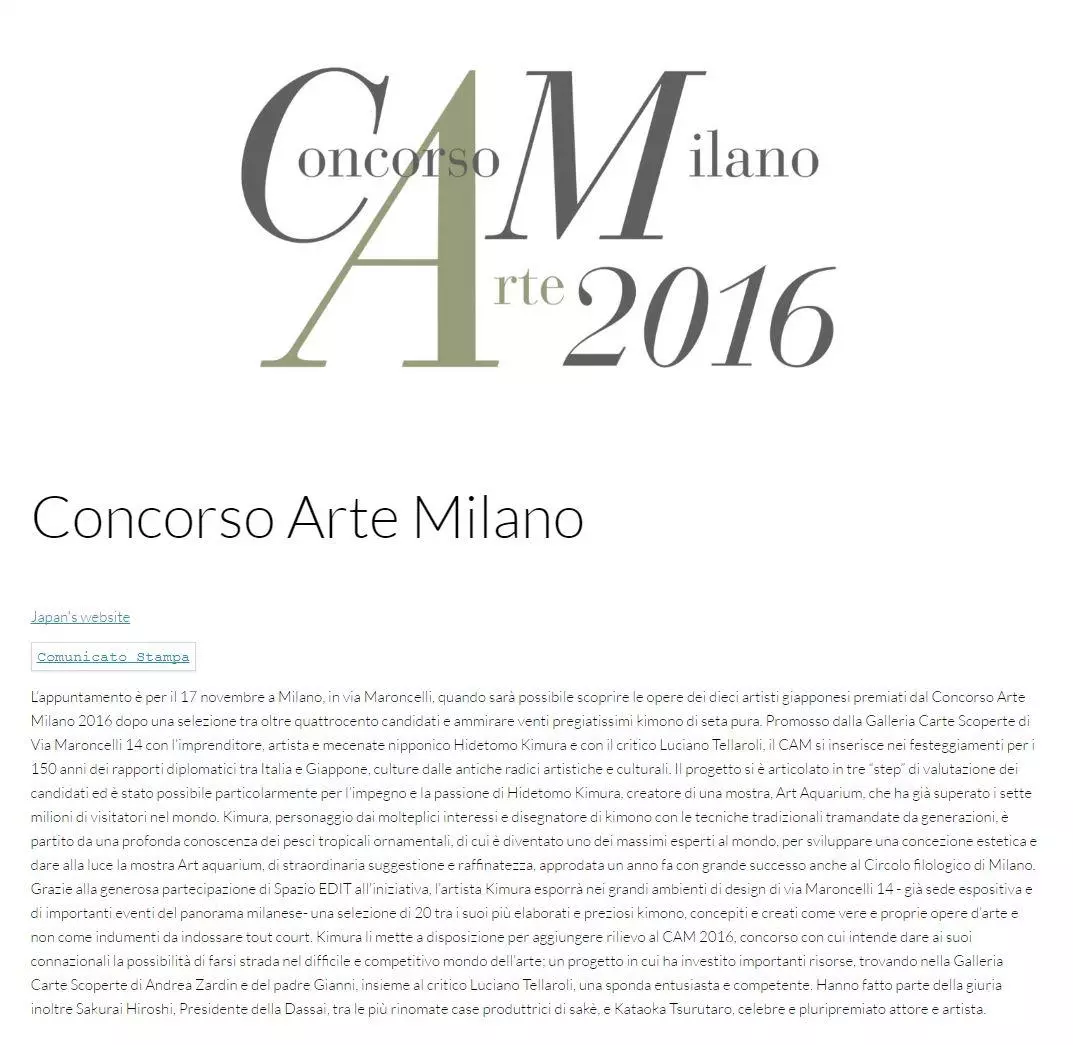Exhibitions, Italy, Milano, 17 November 2016
Hiroshi Mehata is a musician, representative of the Noise-Experimental Music, whose origins can be found in the futurist Luigi Rassolo, on a journey that passes through the great artistic currents of the twentieth century, Fluxus in particular, where artists such as Walter De Maria, John Cage, La Monte Young, Yoko Ono and Takehisa Kosugi, by hybridizing various artistic disciplines, crossed the boundaries, not only physically. Today, Mehata renews that thought, through his artistic collaborations (Spain, U.S.A., Austria, Italy…) and his visual art transposes his musical inspiration into forms that reflect it. Visually capturing the musical feeling by shaping sensorial impulses that refer to the idea of Noun, is a concept that permeates Mehata’s work. Noun, as the artist defines it, is the invisible noise of our memories, their breath, the “myriad atmosphere” that concentrates and stratifies in the both the collective and personal unconscious. The works presented here, “Shadows of Noun”, with their musical and iconic sinuosity, carry ancient Japanese wisdom (from the mural drawings that with carbon black and traces of red decorated the graves of Takehara in the 5th century, till the Ukiyo-e of the Edo age that ends with the great art of Hokusai, Utamaro and Hioshige and later re-flourishes during the post-war period thanks to the Gutai group, the first avant-garde movement of the far east) but also knows the gestures of Kline and the fertility of the verbal-visual experimentation that took place throughout the 20th century, expanding the synesthetic penetration in his work. The unrepeatability of the calligraphic-musical gesture of Hiroshi Mehata recalls the case of Lacan in Lituraterre… “The singularity of the hand destroys the universal” and reflects both in the stylistic coherence that characterizes the artist and in the specific mark of the work, one of great formal refinement. We find two typologies of “Shadows of Noun”: the first can be defined as “gesture painting”, due to the speed of execution that the black brush strokes transmit; the second can be found among the shapes of the blues and whites in which one is immersed in quiet and harmonic vibrations that refer to the memory of water. The fan-mark that seems to strengthen the Japanese identity is iconic.
 Share / Save
Share / Save









Comments 0
Say something